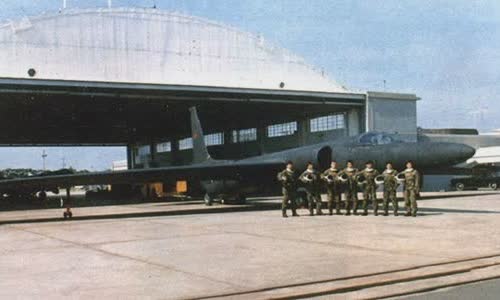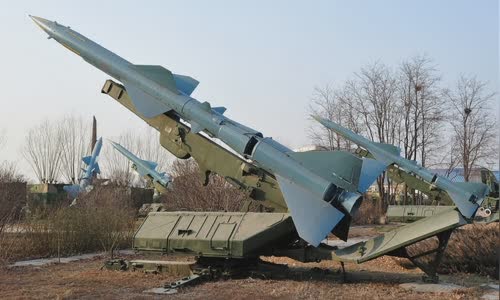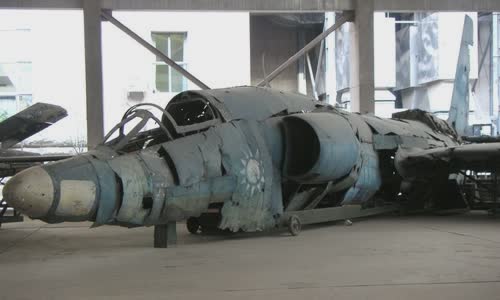The Chinese air defense applied ambush tactic, turned off the radar to surprise before shooting down US-made U-2 reconnaissance in 1962.
In the late 1950s, Washington and Taipei started to launch a top-secret reconnaissance program called "Soft Touch" to track Beijing's nuclear project.

Pilot and U-2 aircraft belonging to the Black Miao Squadron Photo: Taiwan Air Power
"U-2 reconnaissance has been regularly flying over Chinese airspace since 1957 to spy on Soviet territory. China has been a reconnaissance target since Washington learned that Moscow was supporting Beijing.
Brugioni said reconnaissance aircraft and satellites were the primary source of intelligence data on Chinese nuclear and missile facilities because there was almost no public information at the time.
Taiwanese pilots were brought to the United States for flight training with U-2 reconnaissance from March 1959, while flights over mainland China airspace were still entirely controlled by American pilots.
With the CIA's support, the US-Dai mixed U-2 unit was established in 1959 as the No. 35 Squadron "Black Miao", began reconnaissance of mainland China since 1962. In
"U-2 aircraft usually reconnaissance during the day. We tried to attack them but could not reach the height of American reconnaissance. The MiG-17 only had a maximum ceiling of 16,000 meters, while the U
China then abandoned its efforts to dispatch interceptors, and began to deploy and camouflage the S-75 Dvina anti-aircraft missile system near nuclear facilities.

The HQ-2 missile launcher, a Chinese-made S-75 replica, is in a museum in Beijing Photo: Flickr/Ken Patterson
The Chinese air defense fired an S-75 missile that day, shot down a U-2 near Nanchang City, and pilot Chen Huai was killed in a Chinese military hospital because of his injuries.
"The S-75 is a limited range missile. To hit the U-2 at cruise altitude, the bullet must be launched almost directly below its flight path. China was only four battalions of arrows.
The shortage forced China to adopt guerrilla tactics to intercept U-2 aircraft.
The Chinese air defenses also apply many measures to hide themselves such as camouflage battlefields, not turn on fire control radar until the target is within range.
China's request to explore the nuclear program requires Washington and the island of Taiwan to step up their reconnaissance activities, in the context of Beijing deploying more S-75 battles and threatening U-2 flights.
The U-2s at that time had the System XII irradiated radar warning system, but did not carry the modern System XIII jamming set due to the US fear that they would fall into Chinese hands.

The body of a U-2 shot down by China is displayed in the museum Photo: Flickr/Paul Cheese
One more U-2 crashed in a situation that was kept in secret for more than 50 years, prompting Taiwan to refuse to spy on mainland China unless the pilot had System XIII activated during the entire flight.
The United States decided to stop reconnaissance activities over China in 1968, but Taiwan's U-2 reconnaissance continued to spy on areas more than 40 kilometers from the mainland until 1974, the time of view.
During its 15 years of service, the He Miao Air Force was staffed with a total of 19 U-2s and performed 220 missions, half of which were in the skies over mainland China.
The crew suffered a lot of damage with five planes shot down, killing three pilots and capturing two.
On July 29, 1974, the last two U-2 aircraft in the service of the Taiwan Self-Defense Force took off from Taoyuan Base Camp to Edwards Military Airport in California to hand over to the US Air Force.



 Mick Omerta Chinchio
Mick Omerta Chinchio







